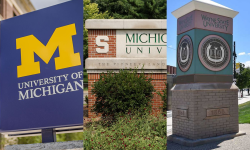Michigan needs doctors more than ever. More medical schools haven’t helped
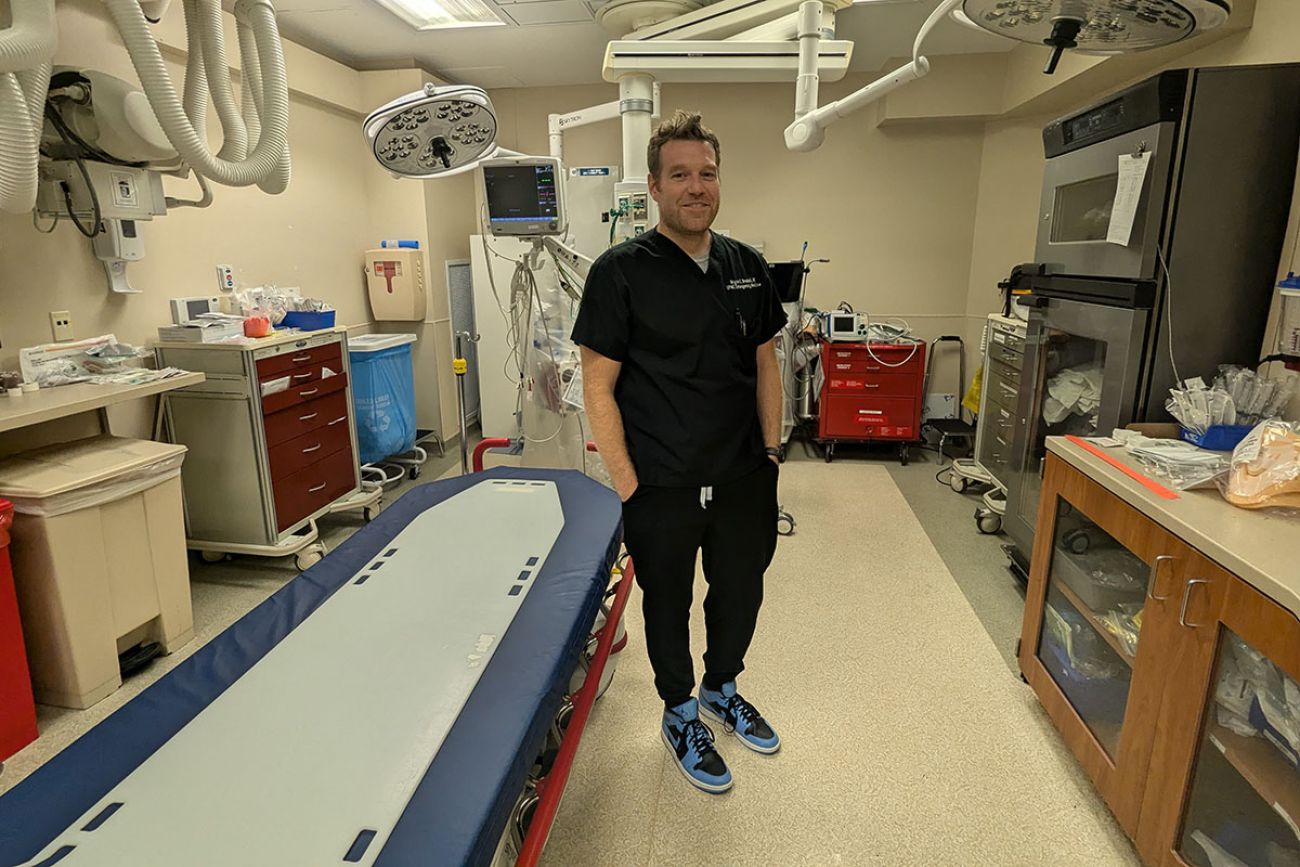
- Michigan health care leaders hoped new and expanded medical schools would alleviate doctor shortages
- Despite a 75% increase in med school graduates, shortages are as bad as ever
- Michigan may have to increase incentive programs to retain and attract physicians in underserved areas
Dr. Jake Ottenhoff answered the phone as he was walking into an emergency room to begin his shift.
The fact that he’s in Charlottesville, Va., instead of Detroit says a lot about Michigan’s doctor shortage.
The 31-year-old grew up in Grosse Pointe and married a fellow Michigander. He attended Wayne State University School of Medicine, and had a residency in emergency medicine at Detroit Medical Center.
“I always intended to stay in Michigan for my entire career,” he told Bridge Michigan by phone recently.
“I came here (to the University of Virginia Hospital) for a one-year fellowship. That became two years, then three and four. We fell in love with the city.”
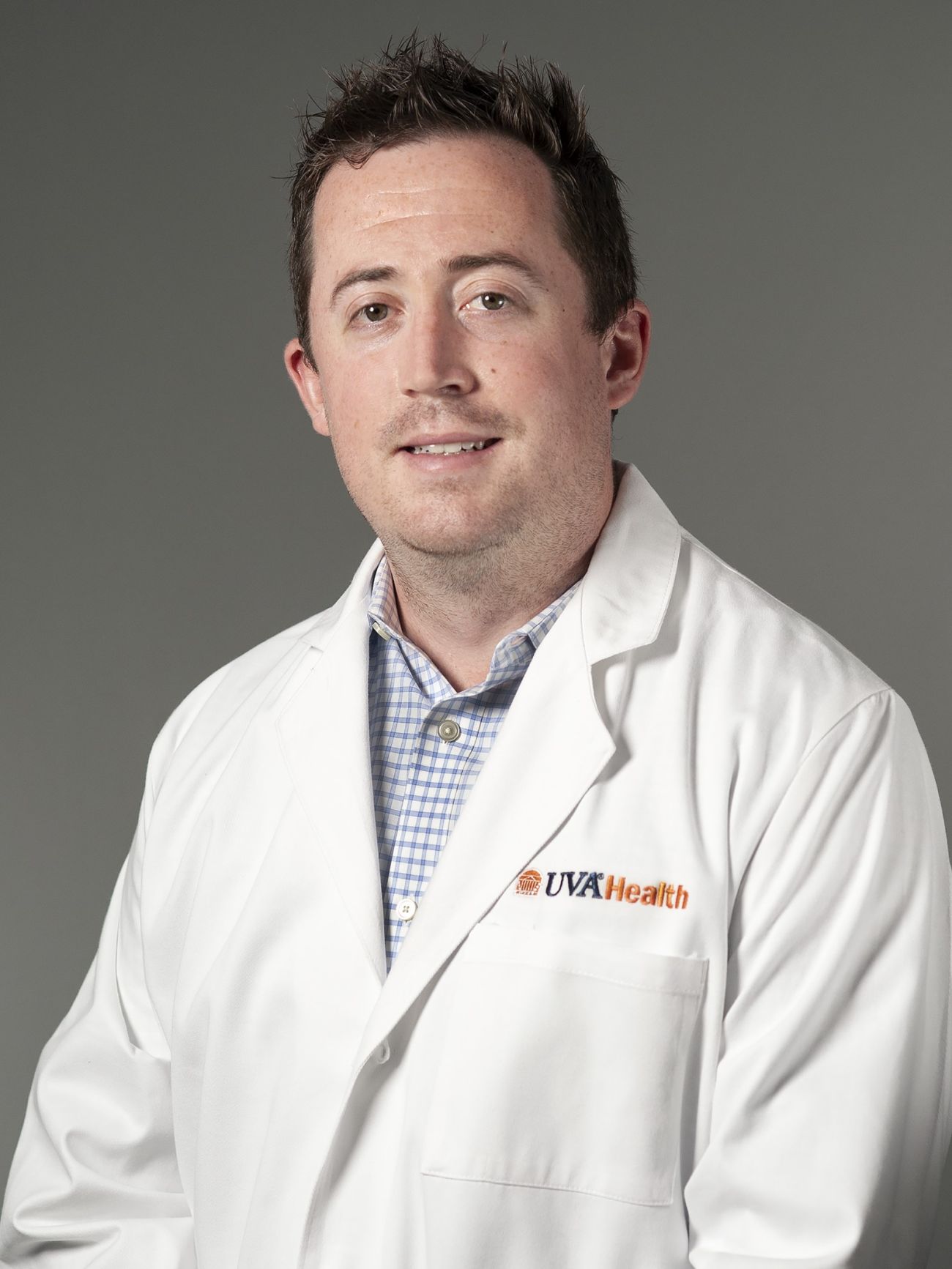
Michigan struggles to hold on to its medical school graduates. Since 2010, Michigan has nearly doubled its medical schools and increased the annual production of newly minted doctors by 75%. Yet today, the state retains less than half of the doctors it graduates, with the majority of communities that were suffering from physician shortages a decade ago still short of doctors.
In fact, two-thirds of Michigan’s counties have a worse patient-to-primary care doctor ratio today than a decade ago, when the newest of the state’s medical schools opened.
Michigan’s physician paradox — lots of med school grads and not enough doctors — crimps medical services and defies simple solutions. Current incentive programs help but are not enough to fill the existing gaps in service, say medical school officials. And rural regions are unattractive to the majority of medical students looking at school loans of more than $200,000.
Related:
- Primary-care doctor shortages cut deep in Michigan's underserved areas
- Lifesaving doula services expanding for Michigan moms with help of Medicaid
- Pregnancy-related deaths skyrocket in Michigan
Figuring out how to increase the number of doctors is crucial to the well-being of a state where 1 in 3 of the more than 28,000 physicians is age of 60 or older, according to the Association of American Medical Colleges.
In all, about 10,000 Michigan doctors work in primary care, some 500 fewer than recommended levels. Such shortages are common nationwide, but vacancies hit harder in Michigan, where a rapidly aging population needs more medical care.
“Academic medicine is not something that we're failing on,” said Elizabeth Kutter, senior director of government and political affairs at Michigan Health & Hospital Association. “A lot of it is: What happens when people graduate?”
Lots of doctors… who leave
The Oakland University William Beaumont School of Medicine began training new doctors in 2011, with a class of 50. The school opened in part to boost the number of MIchigan doctors and “reverse the exodus of talent in Michigan,” according to a 2010-11 financial report from the university.
It was the first new medical school to open in Michigan for 47 years, and it marked the beginning of startling expansion in medical training to address Michigan’s ever deepening physician shortage. The new Central Michigan University College of Medicine opened two years later, followed by the Western Michigan University Homer Stryker M.D. School of Medicine in 2014.
In the same decade, the Michigan State University College of Human Medicine and the Michigan State College of Osteopathic Medicine both expanded their enrollment, too.
“There’s a critical shortage of physicians that’s going to get much worse,” Dr. Hal Jenson, dean of the new medical school at WMU told Bridge in 2012. Without an increase in home-grown doctors, “we will be competing with the rest of the country to recruit physicians to Michigan.”
Michigan’s seven medical schools graduated a combined 1,188 medical students in 2024, up from 680 in 2010.
With 53 teaching hospitals, Michigan currently has 7,663 residents, or doctors in training, ranking the state fourth in the nation in medical residents per capita, according to the Accreditation Council for Graduate Medical Education.
Despite its robust training grounds, there are wide swaths of Michigan that have a worse patient-to-doctor ratio today than a decade ago.
Just 42% of the medical students that begin training at Michigan’s seven medical schools ultimately practice here, according to the National Center for the Analysis of Healthcare Data, at Virginia Tech. And that number is boosted by the 71% of the graduates of Michigan State University’s College of Osteopathic Medicine who now practice in Michigan.
Retention fell dramatically short of that at Michigan’s other medical schools, according to the analysis, with Oakland, CMU and WMU schools all retaining less than 20% of their graduates in-state.
Several medical school leaders criticized the National Center’s data, saying they believe far more grads are practicing medicine in the state than the Virginia Tech study suggests. The state’s medical schools track the share of graduates who accept residencies within the state, but don’t track where they practice after residencies, which can last between three and seven years.
Still, most who spoke to Bridge agreed that Michigan needs to find ways to retain more of its home-grown doctors.
More complications, less pay
The hardest hit by Michigan’s doctor shortages are the 2.7 million Michiganders (more than a quarter of the state’s population) with too few primary care doctors in stretches known as Health Provider Shortage Areas.
In those federally-designated areas, Michigan falls short of meeting the current need by 490 primary care providers — pediatricians and family doctors, for example, according to the most recent data by the U.S. Health Resources and Services Administration.
That’s despite the substantial growth in medical school grads and millions of state dollars to lure newly-minted doctors to those areas.
In fact, a Bridge analysis found that 56 of Michigan’s 83 counties have a worse patient-to-primary physician ratio than a decade ago when the state’s new medical schools were unpacking their stethoscopes..
Three counties in southern Michigan — Jackson, Hillsdale and Lenawee — saw their patient-doctor ratio worsen by more than 20% between 2014 and 2024.
“You have physicians in clusters in big (metropolitan) centers, but in between, there’s nothing,” CMU College of Medicine Dean George Kikano told Bridge Michigan in a phone call from the road.
“Right now I’m driving from Traverse City to Mt. Pleasant, and there’s little broadband connectivity and my phone signal keeps dropping. You get out of medical school and you are burdened with $200,000 in debt, you go to a city.”
Those shortages may be harming the health of Michiganders. A Florida study found that chronic conditions such as obesity and coronary artery disease increased in that state as a shortage of primary care physicians led to more people struggling to gain access to medical care.
The struggle to retain and attract doctors is similar to challenges the state has had keeping other college grads here.
Michigan ranks 49th in population growth since 1990, with the average resident older, sicker and poorer than a decade ago. The state has launched a multi-million dollar effort aimed at retaining and attracting college grads — an effort that some medical leaders say should include a program specifically targeting doctors.
At the Michigan State University School Of Human Medicine, Bethany Russell said her fellow first-year medical students are already talking about where they will move when they graduate.
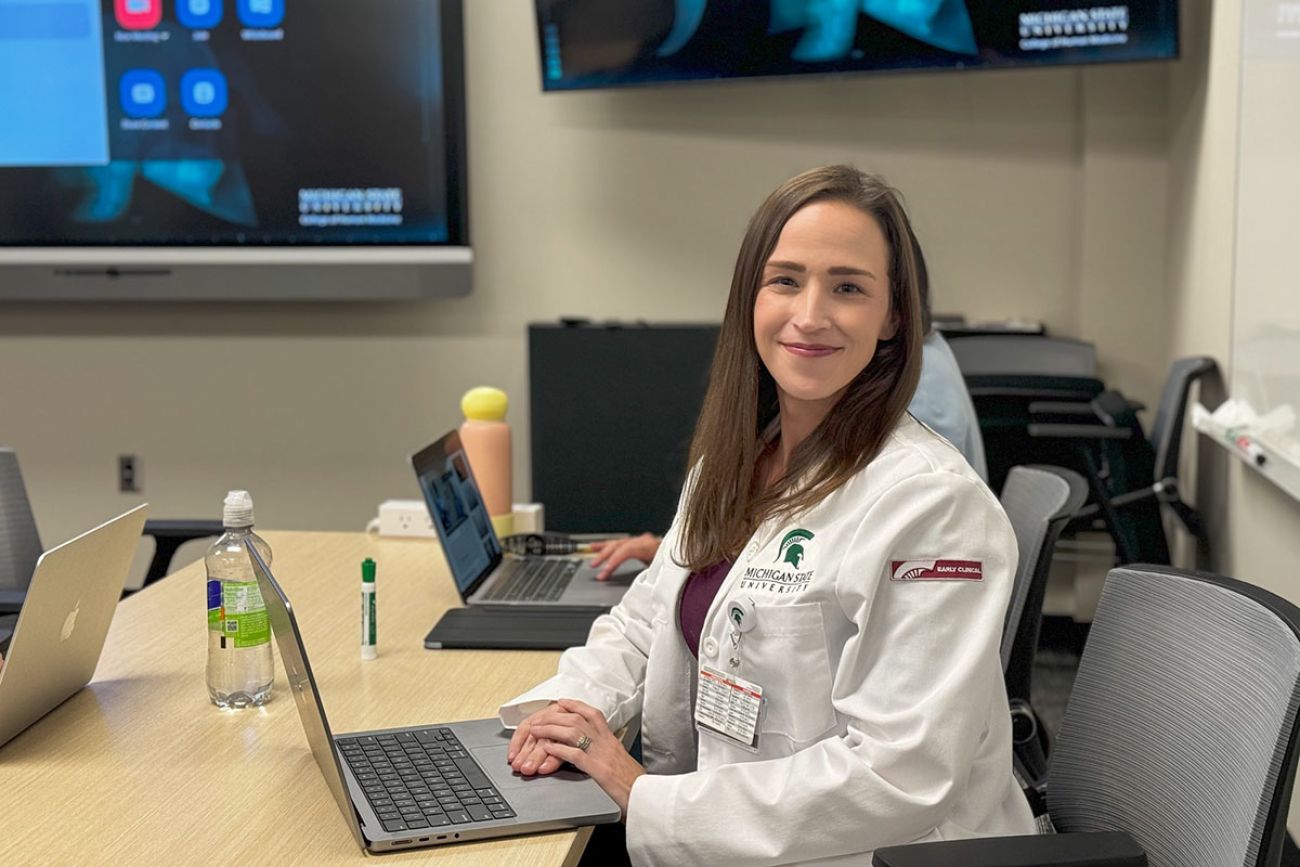
“They want to go where they can find the best program or go where it’s warmer,” said Russell. “I had someone tell me yesterday, ‘I don’t want to stay here, I want to go to California.’ There’s a lot of drive to go to bigger programs with more prestige in New York or California.”
The 36-year-old mother of five said she won’t be joining them. “Michigan is more than where I live, this is my home,” said Russell, who lives in St. Johns just north of Lansing. “This is where my family is, and my friends are. This is where I want to practice.”
Michigan Dr. Glenn Dregansky led the family medicine residency program at Western Michigan University Homer Stryker M.D. School of Medicine in Kalamazoo from 2016 to 2019.
He recalls students choosing higher-paid, increasingly specialized fields in large U.S. metro areas — avoiding the lower pay and long hours as a family doctor or pediatrician in a Michigan small town, where downtowns keep bank hours and winters can be isolating.
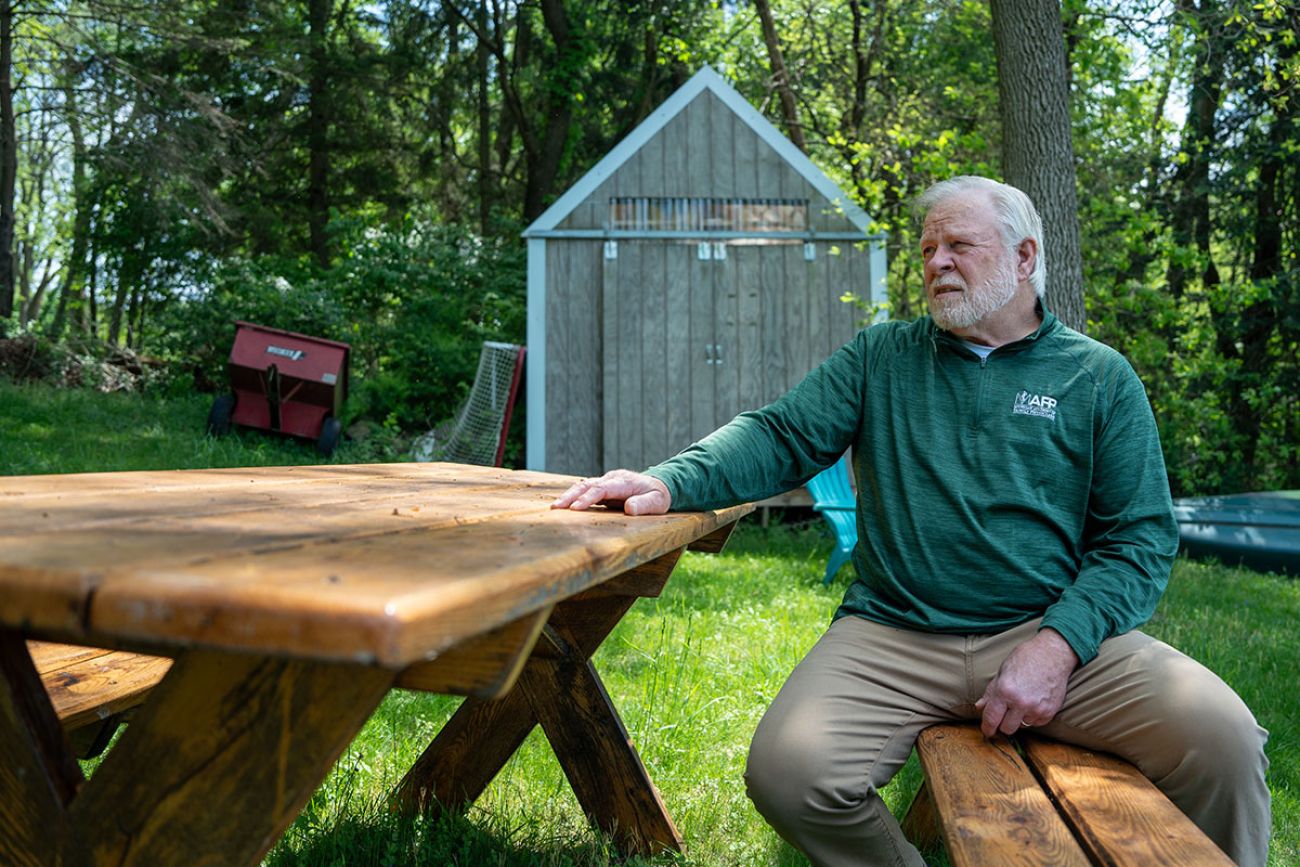
Some will work for a few years in an underserved area to pay off a debt through student loan repayment programs, he added: “But what we’re finding is that, as soon as these guys get their loans paid off, it’s boom! They're back to the city.”
Investing in doctors
In Michigan, students at four of the six schools granting Doctor of Medicine (M.D.) graduated with debt higher than the national average of $200,000, according to the AAMC.
The average cost for a four-year medical school tuition — $276,006 in 2024 for a public school and $374,476 for a private school, according to AAMC.
Those costs have left students with an average debt ranging from $277,061 for students at the Michigan State University’s College of Human Medicine to $189,980 at Wayne State University’s School of Medicine, according to the association. And debt at Michigan’s sole osteopathic school was higher than the national average.
The national average debt for osteopathic training in 2023 was $254,987, according to a survey of students by the American Association of Colleges of Osteopathic Medicine. U.S. News & World Report, which named MSU’s osteopathic school as the sixth-most expensive medical school in the nation according to its survey, put the student debt in 2022 at $261,527.
Helping medical students avoid such large debt is one way to retain doctors. The Abigail Geisinger Scholars Program, for example, offers free tuition and fees to students at the Geisinger Commonwealth School of Medicine, a private medical school in Scranton, Pa. Students also receive a $2,000 monthly living stipend during those four years.
All told, that’s a $350,000 investment per student, said Dr. Julie Byerley, dean of Geisinger Commonwealth School of Medicine.
They repay every year at the medical school by working as Geisinger-employed physicians in primary care or psychiatry in underserved areas after residency, whether in Pennsylvania or elsewhere. That means they’re returning to Pennsylvania in their early 30s, when many are starting families, Byerley said.
Doubling down on that effort, the school gives preference to students from the 12 counties in northeastern and north central Pennsylvania.
The program is still new, so there is not yet data measuring its success. But Byerley said growing Pennsylvania doctors for Pennsylvania patients is the best shot at addressing primary care shortages.
“We know that if we want people to live in rural communities, we need to admit students who grew up in rural communities,” she said. “We know some of them will move from rural to urban settings, but the opposite direction doesn't occur very often.”
Another way to front-load financial assistance is through “three-year medical school” programs, said Dr. Anne Messman, dean of graduate medical education at Wayne State’s medical school.
Such programs target older medical students who are entering school after already having experience in health care, who know they want to practice rural medicine. Such programs cut a years’ worth of medical school tuition and feed directly into residencies, eliminating the stress medical students have about finding a residency match.
“NYU (New York University) has a very robust three-year MD program, and the only residencies they offer for these students are primary care residencies in underserved areas,” Messman said.
Wayne State has a small three-year MD program and Messman suggests it would be easy for all of Michigan’s medical schools to follow suit as a way to entice more doctors into the state’s underserved areas.
She also suggested the state consider something that universities sometimes do to recruit faculty: help find jobs for the spouses of young doctors.
“Usually it's a couple that's coming into town, a physician and their partner,” Messman said. “What’s in it for their partner,” especially in rural areas with fewer job opportunities?
“Even if there's some sort of liaison that could interface with the family about what opportunities may be available in a particular area, I think that that would go a long way,” Messman said.
Dr. Bryce Bredell is one of the Michigan-born docs who got away. Bredell grew up in Milan, a town of 6,000 people along the border of Washtenaw and Monroe counties. After graduating from Wayne State’s medical school, he had a residency at Detroit Medical Center’s Sinai Grace Hospital in Detroit in emergency medicine.
Today, the 36-year old works at the University of Pittsburgh Medical Center.
“I’m very happy here,” Bredell said. “It’s a good mix of academic medicine, and work with the community, and I live in a friendly neighborhood.”
For Michigan to retain more of its medical school graduates, it needs to increase its incentives, Bredell said. And even then, the state needs to find a way to increase pay for primary care physicians, which is among the lowest-paid specialties in medicine.
“If family medicine paid the way dermatology does, there would be more family doctors,” Bredell said.
CMU’s Kikano said the problems retaining young doctors today will damage the state’s health care system for decades if the issue isn’t addressed.
“We have not made the investments to keep these Michigan kids in Michigan,” he said.
“Michigan is a great place to live. It has so much to offer,” he said. “We have outstanding health systems in Michigan. You have great medical schools,” said Kikano. “We need to invest to take care of our people.”
See what new members are saying about why they donated to Bridge Michigan:
- “In order for this information to be accurate and unbiased it must be underwritten by its readers, not by special interests.” - Larry S.
- “Not many other media sources report on the topics Bridge does.” - Susan B.
- “Your journalism is outstanding and rare these days.” - Mark S.
If you want to ensure the future of nonpartisan, nonprofit Michigan journalism, please become a member today. You, too, will be asked why you donated and maybe we'll feature your quote next time!



